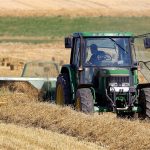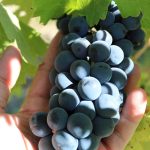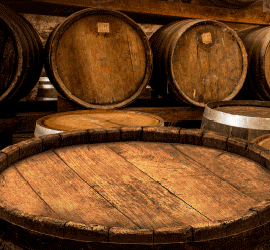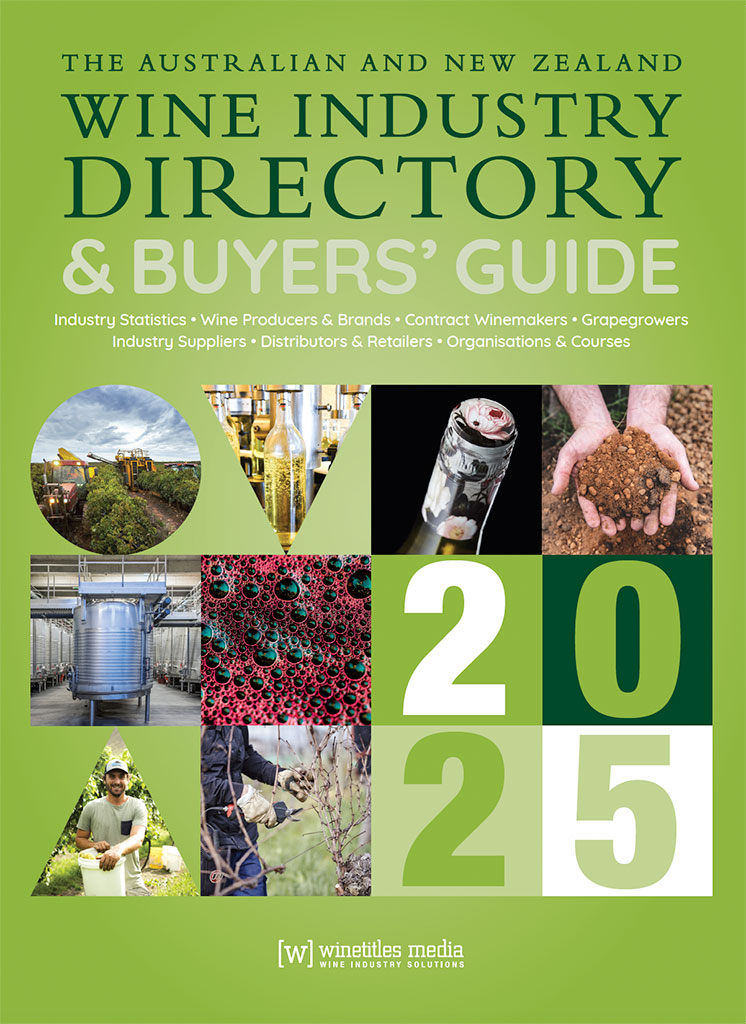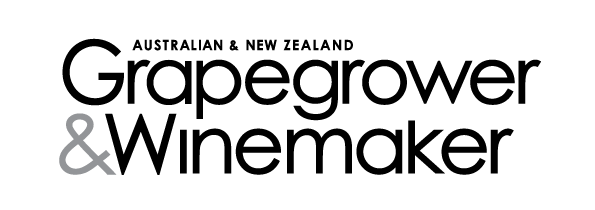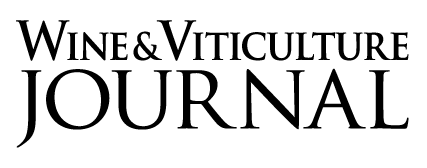Image: Wes Lefroy
Widespread global disruption to supply is set to see Australian farmers again move to lock in fertiliser and other inputs early for the season ahead, Rabobank says in a recently-released report.
This is despite global fertiliser prices at near-decade highs and expected to remain elevated in the short to medium term.
In its semi-annual Global Fertiliser Outlook: High prices to test demand, the agribusiness banking specialist says global fertiliser prices have reached their highest level since 2012.
While these price highs will “test demand”, the report says, this will be in the short term, with the “global fertiliser complex” expected to remain supported due to ongoing high commodity prices.
This global backdrop is set to underpin high Australian nitrogen (urea) and phosphate prices until at “least the end of Q1 2022”, according to Rabobank’s senior agriculture analyst Wes Lefroy, driving another year of early input purchases for many Australian growers.
The challenges aren’t just confined to fertiliser, with global supply chain disruptions also impacting agri chemicals, Lefroy said.
“2022 could be one of the toughest years that retailers of agri input supplies and farmers alike have seen in recent times when it comes to acquiring inputs,” he said.
“We see the production and supply of inputs being impacted by a combination of factors including weather events, the high price for raw materials, environmental regulation and freight being heavily disrupted. Overlaid with strong local demand, this is really ratcheting up the pressure.”
Lefroy said with the current season nearing conclusion, farmers were now turning their minds to the 2022 season, and in particular phosphate and other inputs, such as glyphosate, for spraying over the summer.
“With no major price relief on the horizon and freight disruption continuing, this places farmers in a very difficult position ahead of the 2022 season,” he said.
“‘Just-in-time’ purchases by farmers come with an increased risk of inputs only partially arriving or arriving late. Early purchasing, or locking in early purchases, not only ensures product availability when needed most, but also helps mitigate any further price rises.”
For growers, higher fertiliser prices have already put pressure on margins during the 2021 season, Lefroy said.
“Fertiliser prices have risen much faster than local grain prices and this has considerably reduced the relative affordability of fertiliser,” he said.
“Relative to grain prices, AUD-adjusted global DAP (diammonium phosphate) prices are now the highest they have been for more than 10 years.”
With early indications already looking positive for local demand next season, it doesn’t appear as if any of these factors will ease heading into 2022, Lefroy said.
“Indications from the Bureau of Meteorology that southern and eastern regions may experience above-average rainfall this summer could add further to farmer confidence and support summer demand for fertilisers and agri chemicals ahead of the new season,” he said.
Global price support
Globally, the Rabobank Fertiliser Outlook says, elevated fertiliser prices are expected to be “here to stay for at least the remainder of 2021”, primarily supported by demand fuelled by ongoing high agricultural commodity prices.
“From mid-2020 to mid-2021, prices of CBOT (Chicago Board of Trade) soy, corn and wheat either nearly doubled or more than doubled,” the report says, prompting farmers to increase application rates in pursuit of greater revenue potential.
Demand pressures were “exacerbated by constraints on nitrogen, phosphate, and potash supplies”.
These included the postponement of new nitrogen supply capacity in India and Nigeria, along with trade duties and sanctions in a number of countries.
Rabobank expects global prices of corn, soybeans and wheat to continue to trade at high levels, at least until the third quarter of 2022, the report says, “incentivising” farmers across the globe to maintain high fertiliser application rates to leverage elevated prices.
Phosphate
In terms of the outlook for global phosphate markets, the report says “tight availability will hold phosphate prices at higher levels for some time”, with processed phosphate at its highest level since 2011.
This, however, has seen phosphate become “less affordable for various crops in some regions, even with the higher commodity prices” and is likely to see some farmers purchase the “minimum level necessary”.
Any price correction resulting from this drop in demand will be short-lived, it says, with the International Fertiliser Association (IFA) forecasting the phosphate balance to be at its lowest level in more than five years as China is expected to limit the country’s exports in the second half of the year.
Glyphosate
Lefroy said the impact of high phosphate prices isn’t just confined to fertiliser – demand has placed inflationary pressure on prices of glyphosate and a range of other agri chemicals.
“Prices of Chinese glyphosate – the source of 65% of global, and a large chunk of Australian, supplies – have increased 75 per cent this year,” he said.
“In recent weeks, we have also seen a cap on the production of one of the key materials used in the production of glyphosate, which is likely to place further pressure on supply and prices.”
Freight issues
Lefroy said inflated ocean-freight costs were also pushing fertiliser prices higher, adding as much as 10 per cent to a landed tonne of Australian fertiliser, with delivery times also “blowing out dramatically”.
These bulk and container freight dynamics are unlikely to improve before the end of the year, he said.
“As such, we see supply chain disruption – along with some concerns about input prices rising even higher – prompting farmers to purchase their inputs earlier than usual again this season,” Lefroy said.
“If nothing else, we consider it’s important that buyers are in close communication with their suppliers, as early as possible.”
Are you a Daily Wine News subscriber? If not, click here to join our mailing list. It’s free!

